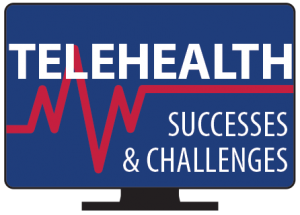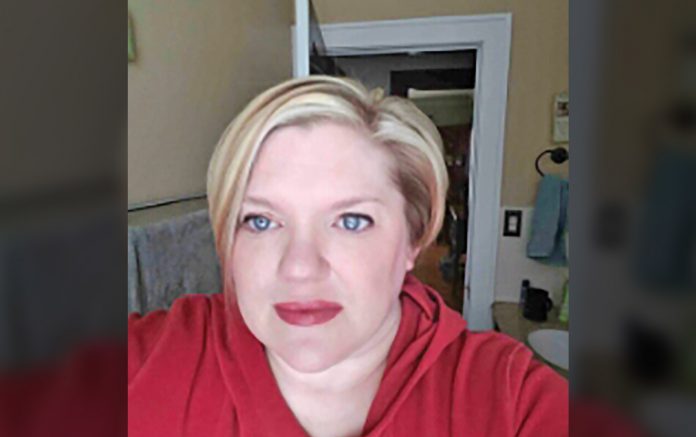 By Rebecca Matthias, MD
By Rebecca Matthias, MD
Posted: June 10, 2020
Ms. Matthias is a patient with lung cancer who, along with so many, has transitioned to telehealth. Ms. Matthias lives in Oshkosh, Wisconsin, but she typically travels to Michigan for her preferred provider. Below are her thoughts on the success of patient–physician communication during the COVID-19 era, including a recent difficult conversation. Ms. Matthias has dual-cavity mesothelioma that is active in her right lung. She is currently undergoing radiation therapy and is doing well.
I expected that my first telehealth appointment would have some technical glitches, and it did not disappoint. It took about 5 minutes of my appointment time to be able to hear my doctor because I was unfamiliar with the application being used to conduct the appointment. I assumed there might be some training or a general tutorial, but nothing was provided. I also expected a nurse or doctor to review medications and current issues as is done in regular appointments, but that also was not done. The doctor did ask how I was doing, but it was not the same as being in the room with him.
I felt detached from the appointment— it did not feel as personal to me as a face-to-face appointment. It’s distracting to see a reflection of yourself on the screen. Research shows that communication is around 90% to 93% nonverbal, and the truth of this was very evident in the appointment. I felt like I was more rushed, and the conversation was very detached. There was a bit of a lag in transmission that made it even more difficult.
I felt detached from the appointment—it did not feel as personal to me as a face-to-face appointment. It’s distracting to see a reflection of yourself on the screen.
Considering the threat of communicable diseases throughout history, I think there remains good reasons why doctors continue to be one of the few professions that, before COVID-19, have insisted on seeing people in person. The idea that seeing a doctor over a device is the same as seeing a doctor in person has many faults. A doctor may need to see things like the color of a patient’s skin, the clearness of her eyes, and how her heart and lung sound. In addition, patients need to feel a personal connection with their doctors to share details that might be important. A patient may not feel comfortable or like he is in a private space when at home, which might lead the patient to withhold information that might be uncomfortable to discuss.
I do concede that there are situations in which telehealth may be appropriate. However, going to a model of anything close to 100% telehealth would lead to a significant decline in the quality of care.
Because of the pandemic, traveling was not advised, as I would need to travel to the appointment and stay over in a hotel, so I had a telephone visit with my provider. This particular visit was important because it was to discuss pathology results from a recent biopsy. There was concern that my cancer had returned after 4 years of being stable. My oncologist informed me that the cancer had, indeed, returned. It was a difficult call to have over the phone because I felt such a disconnect with my provider. I also didn’t have time to have a family member on the call with me. Therefore, questions went unanswered, and I didn’t really remember the answers to the questions I did ask. The entire call lasted 8 minutes, according to my phone’s timer. Thankfully, I have his email address, and he is great about following up. He also knows that I have a local doctor who puts “eyes” on me and addresses the needs he can.
I do concede that there are situations in which telehealth may be appropriate. The healthcare system may be overrun, at certain times, if everyone went to the doctor for every cold or cut. If someone needs a simple antibiotic or a referral to another doctor, then a simple video conference or telephone call may be appropriate. However, going to a model of anything close to 100% telehealth would lead to a significant decline in the quality of care. There are many situations in which seeing a doctor face-to-face is essential. ✦











